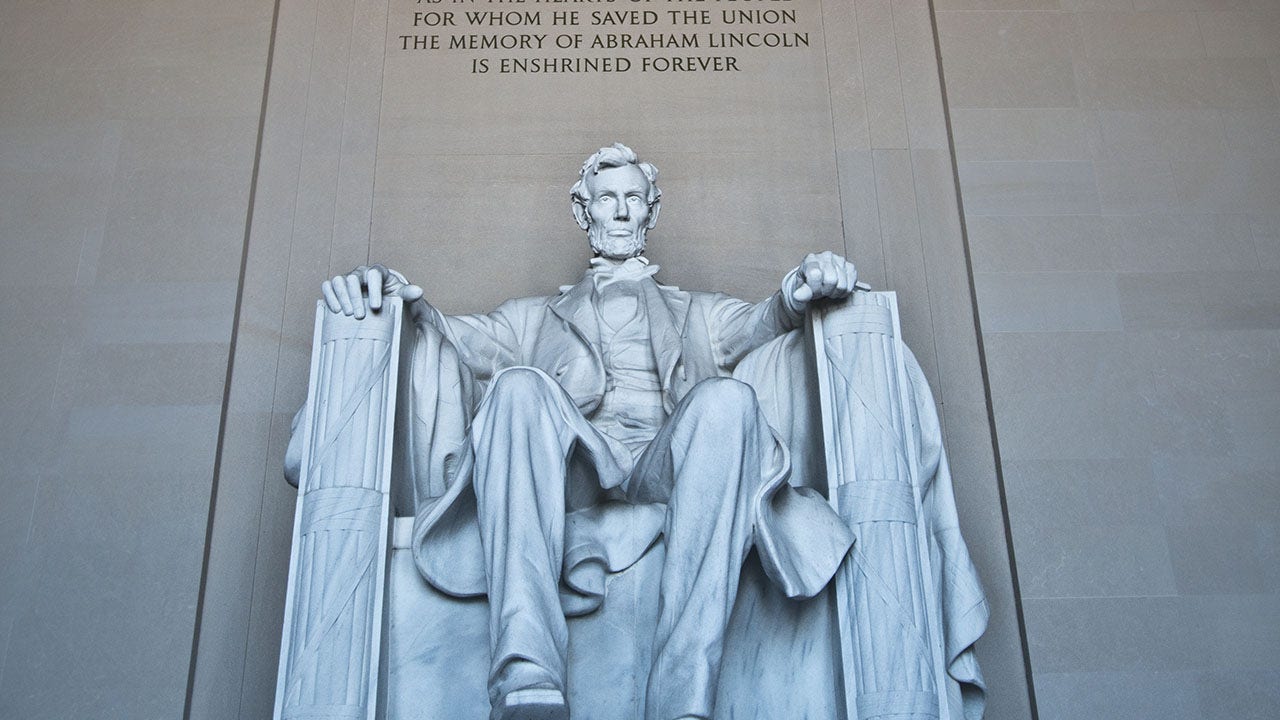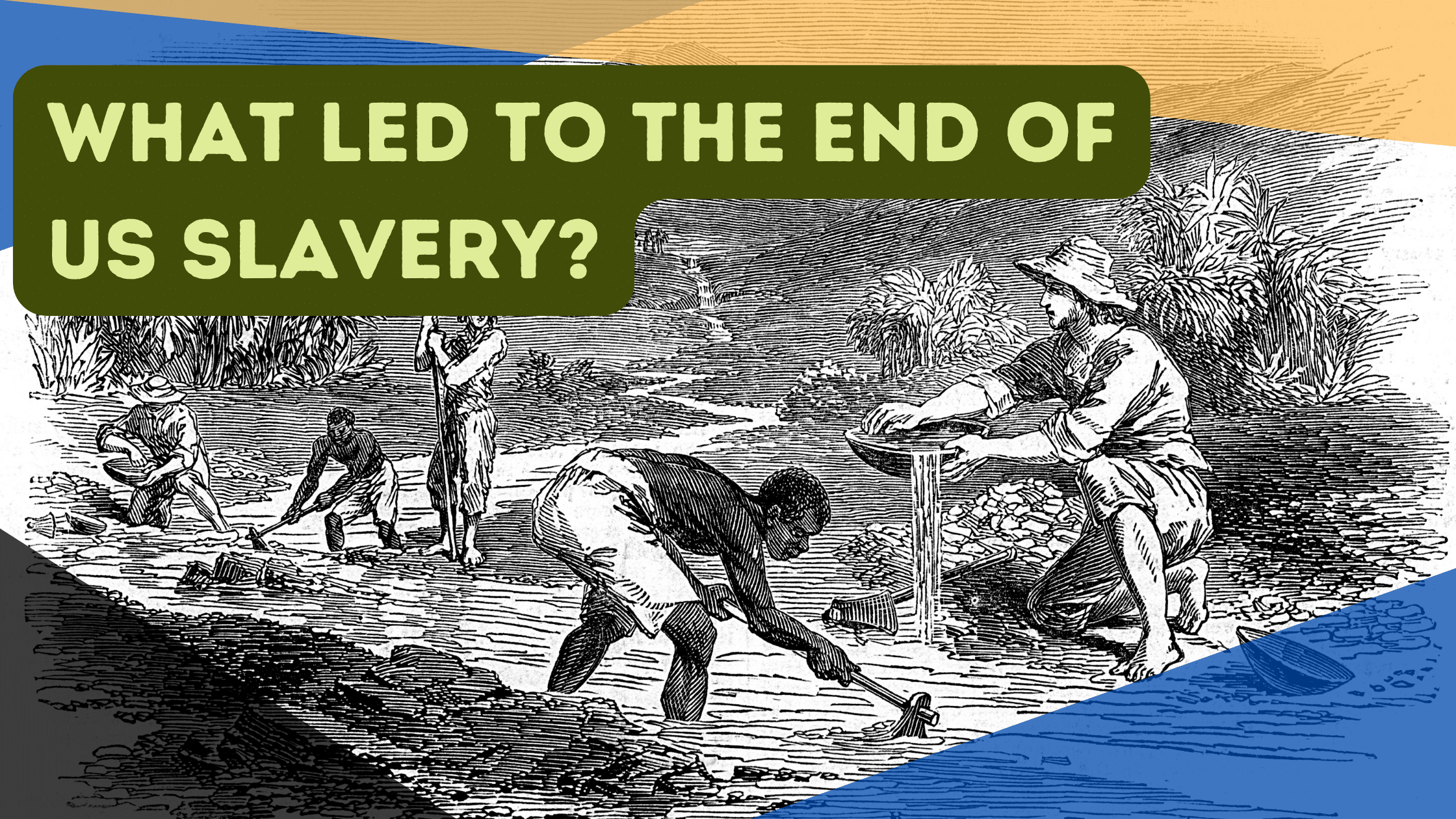Alright, let’s cut straight to the chase. If you’re asking yourself, “What year was slavery abolished?” you’re not alone. This question has been the center of many discussions, debates, and reflections on one of humanity’s darkest chapters. Slavery, a brutal institution that stripped millions of their freedom and dignity, didn’t just vanish overnight. It took years—sometimes centuries—of struggle, activism, and legislation to bring it to an end. But hold up, the journey didn’t stop there. Understanding the abolition of slavery is more than just knowing a date; it’s about recognizing the scars it left on societies and the ongoing fight for equality.
Now, if we rewind history, the abolition of slavery wasn’t a one-size-fits-all deal. Different countries had different timelines and approaches to ending this horrific practice. For instance, in the United States, the Emancipation Proclamation by President Abraham Lincoln in 1863 was a monumental step, but it wasn’t until 1865 that the 13th Amendment officially abolished slavery nationwide. But hey, let’s not get ahead of ourselves—there’s a lot more to unpack.
Why is this question still relevant today? Well, the legacy of slavery continues to shape our world, influencing everything from race relations to economic disparities. So, whether you’re a history buff, a curious mind, or someone looking to understand the roots of modern-day challenges, this article’s got you covered. We’ll explore the timeline, key players, and lasting impacts of slavery’s abolition.
Read also:Jessy Schram Rising Star In The Entertainment World
Understanding the Timeline: What Year Was Slavery Abolished?
Slavery in the United States: A Brief Overview
Let’s talk about the U.S. first because, let’s face it, it’s one of the most well-documented cases of slavery’s abolition. The practice of slavery in America began way back in the 1600s when African men and women were forcibly brought to the colonies to work on plantations. By the 1800s, it had become an integral part of the Southern economy, with millions of enslaved people working under brutal conditions.
So, when was slavery abolished in the U.S.? Technically, it happened in two major steps. First, there was the Emancipation Proclamation on January 1, 1863, which declared enslaved people in Confederate states to be free. However, this didn’t apply to all states or even all enslaved people. The real game-changer came on December 6, 1865, when the 13th Amendment was ratified, officially banning slavery across the entire nation. Boom, history made!
Slavery Abolition in Other Parts of the World
But wait, the U.S. wasn’t the only place where slavery existed. Across the globe, different countries had their own timelines for ending this cruel practice. For example, in the British Empire, slavery was abolished in 1833, with the Slavery Abolition Act taking effect in 1834. Meanwhile, in Brazil, the largest slaveholding country in the Americas, it took until 1888 for slavery to be officially ended.
Here’s a quick breakdown of some key dates:
- 1807: The British Parliament passes the Slave Trade Act, banning the trade of enslaved people.
- 1834: The Slavery Abolition Act comes into effect in the British Empire.
- 1848: France abolishes slavery for the second time after reinstating it under Napoleon.
- 1888: Brazil becomes the last country in the Americas to abolish slavery.
The Key Figures Behind the Abolition Movement
Abraham Lincoln: The Man Who Changed History
You can’t talk about the abolition of slavery in the U.S. without mentioning Abraham Lincoln. This dude was the 16th President of the United States and played a pivotal role in ending slavery. His Emancipation Proclamation was a bold move during the Civil War, and his push for the 13th Amendment cemented his legacy as a champion of freedom.
But let’s not sugarcoat it—Lincoln wasn’t perfect. Some critics argue that his motivations were more about preserving the Union than genuinely freeing enslaved people. Nevertheless, his actions were crucial in setting the stage for a more just society.
Read also:Paul Mescal Movies And Tv Shows A Deep Dive Into The Rising Starrsquos Career
Frederick Douglass: The Voice of the Enslaved
Then there’s Frederick Douglass, a former enslaved person who became one of the most powerful voices in the abolitionist movement. Douglass used his personal experiences and oratory skills to highlight the horrors of slavery and advocate for its end. His writings, speeches, and activism continue to inspire generations.
The Global Impact of Slavery Abolition
Economic Consequences
When slavery was abolished, it didn’t just affect the lives of the enslaved—it also had massive economic implications. In places like the Southern United States, where slavery was the backbone of the economy, the end of this system meant a complete overhaul of how things were done. Plantation owners had to adapt to a world where labor wasn’t free, and this shift wasn’t always smooth.
Globally, the abolition of slavery forced countries to rethink their economic systems. Trade routes changed, industries evolved, and new forms of labor emerged. It was a messy transition, but it paved the way for a more equitable world—or at least that was the hope.
Social and Cultural Changes
On a social and cultural level, the abolition of slavery marked the beginning of a new era. Enslaved people were finally recognized as human beings with rights, and this shift in thinking had ripple effects across societies. However, the fight for true equality was far from over. Racial discrimination, segregation, and systemic racism continued to plague many nations, proving that ending slavery was just the first step in a long journey.
Challenges After Abolition
Reconstruction Era in the U.S.
After the Civil War, the U.S. entered the Reconstruction Era, a period aimed at rebuilding the South and integrating formerly enslaved people into society. Sounds great on paper, right? Unfortunately, reality was a different story. Many Southern states implemented Jim Crow laws, which enforced racial segregation and effectively nullified the gains made during Reconstruction.
It wasn’t until the Civil Rights Movement of the 1950s and 1960s that significant progress was made in dismantling these discriminatory practices. But even then, the legacy of slavery continued to haunt the nation.
Global Struggles for Equality
Other countries faced similar challenges after abolishing slavery. In places like the Caribbean and Latin America, newly freed individuals often found themselves marginalized and excluded from economic opportunities. The struggle for equality and justice was—and still is—an ongoing battle.
Lessons Learned from History
The Importance of Advocacy
One of the biggest takeaways from the abolition of slavery is the power of advocacy. Whether it was the abolitionist movements in the U.S. or the anti-slavery campaigns in Europe, change only happened because people stood up and demanded it. This serves as a reminder that progress doesn’t just happen—it requires action and perseverance.
The Need for Systemic Change
Another lesson is that ending slavery wasn’t enough. To truly achieve justice, societies needed to address the systemic issues that perpetuated inequality. This is a lesson that still resonates today, as many countries grapple with the lingering effects of slavery and colonialism.
Modern-Day Relevance
The Fight Against Modern Slavery
Believe it or not, slavery still exists in various forms today. Human trafficking, forced labor, and child exploitation are just a few examples of modern-day slavery. The fight that began centuries ago is far from over, and it’s up to all of us to continue advocating for freedom and justice.
Reparations and Restorative Justice
Another hot topic in recent years has been reparations for the descendants of enslaved people. Some argue that financial compensation and restorative justice are necessary to address the lasting impacts of slavery. While the debate continues, it highlights the ongoing need to reckon with history and work towards a more equitable future.
Conclusion: Why This Matters Today
So, what year was slavery abolished? The answer depends on where you’re looking, but the broader question is why this matters today. The abolition of slavery was a monumental achievement, but it wasn’t the end of the story. The legacy of slavery continues to shape our world, influencing everything from race relations to economic disparities.
As we reflect on this history, let’s remember the lessons it teaches us. Advocacy, systemic change, and a commitment to justice are essential if we want to build a better future. So, the next time you hear someone ask, “What year was slavery abolished?” you’ll know it’s not just about a date—it’s about a journey that’s still unfolding.
Now, here’s the call to action: take a moment to share this article, leave a comment, or dive deeper into the resources below. The more we understand our past, the better equipped we are to shape our future. Let’s keep the conversation going!
Table of Contents
- What Year Was Slavery Abolished: A Deep Dive into History and Its Impact
- Understanding the Timeline: What Year Was Slavery Abolished?
- Slavery in the United States: A Brief Overview
- Slavery Abolition in Other Parts of the World
- The Key Figures Behind the Abolition Movement
- Abraham Lincoln: The Man Who Changed History
- Frederick Douglass: The Voice of the Enslaved
- The Global Impact of Slavery Abolition
- Economic Consequences
- Social and Cultural Changes
- Challenges After Abolition
- Reconstruction Era in the U.S.
- Global Struggles for Equality
- Lessons Learned from History
- The Importance of Advocacy
- The Need for Systemic Change
- Modern-Day Relevance
- The Fight Against Modern Slavery
- Reparations and Restorative Justice
- Conclusion: Why This Matters Today


